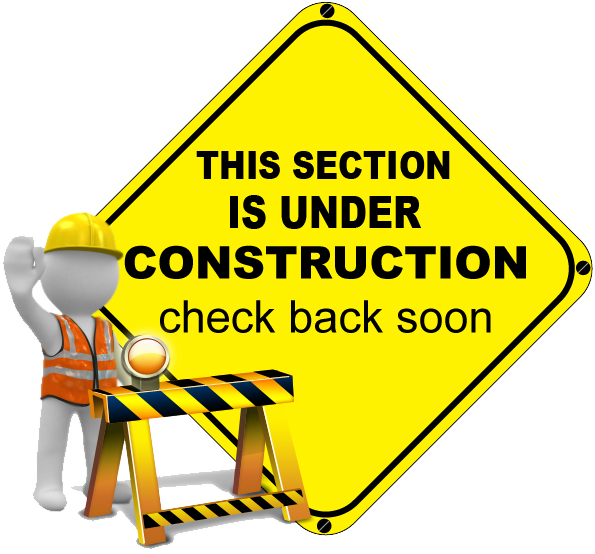| Cemetery | Home Page | Church Service | Graveside Service | Funeral Homes | Caskets | Worksheets | Calculators |


Burial Vaults
What are called “vaults” today are usually “grave liners” or “outer burial containers.” The law is particular concerning how a representative of a cemetery or funeral home can refer to this container.
A “vault” must be a sealed container, and what most burials utilize is not a sealed container or vault but simply a concrete or cement box.
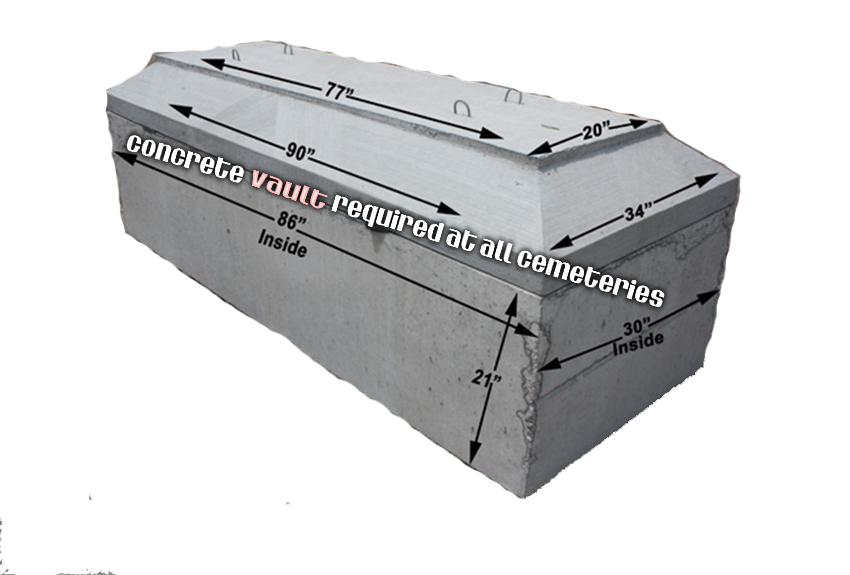
Outer burial containers, normally made of concrete or cement, are required by almost all cemeteries today so they can compact the soil after the burial. Without a concrete outer burial container, any compacting could crush the casket. The compacting is done to disallow the ground from sinking or settling over time.
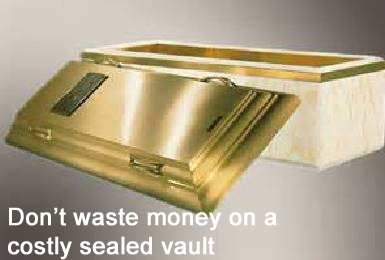
You should really only purchase the minimum container required by the cemetery. As with caskets, there is nothing about the construction of a vault that will slow down decomposition of the body or protect the body. All an expensive vault will do is protect the casket. But the body will decompose no matter what. Only an Egyptian-style mummification will preserve a body.
So if a funeral home salesperson insists on a sealed vault that costs more money, you can say you don’t need or want it. Some vaults are reinforced with various materials such as hard plastics that prevent them from cracking. Again, this will help preserve the casket but not the body. So why would you want to pay $2,500.00 for a vault when a $900.00 concrete box will do?

One advertisement promoting expensive sealed vaults reads:
“The primary purpose of the Outer Burial Vault is to protect the casket from the weight of the earth. A standard burial vault has at least 18 inches of earth covering it. Just the weight of the earth alone is over 3,000 pounds, not to mention the pressure of the heavy equipment we use to maintain the park.
The vaults we offer are designed to withstand that weight. Most are also designed and warranted to protect against the entrance of outside elements, such as water and dirt. We also offer a non-protective grave box that does not provide any of the sealing protection from the outside elements, but still meets most cemeteries’ requirements.”
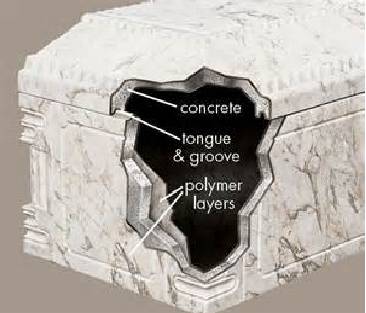
Note the words “protect the casket.” It does not say it protects the corpse or body. It then refers to the minimum required as a “non-protective grave box,” which doesn’t sound anywhere as good as the word “vault.” The vaults advertised were retailing for between $2,000.00 and $4,000.00.
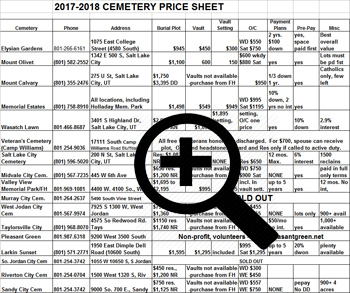
You only really need a “grave box” or outer burial container. This should cost you around $800-$900, plus the cost of setting it in the ground. Don’t let them convince you that you are better off with a vault costing $2,000.00-$3,000.00.
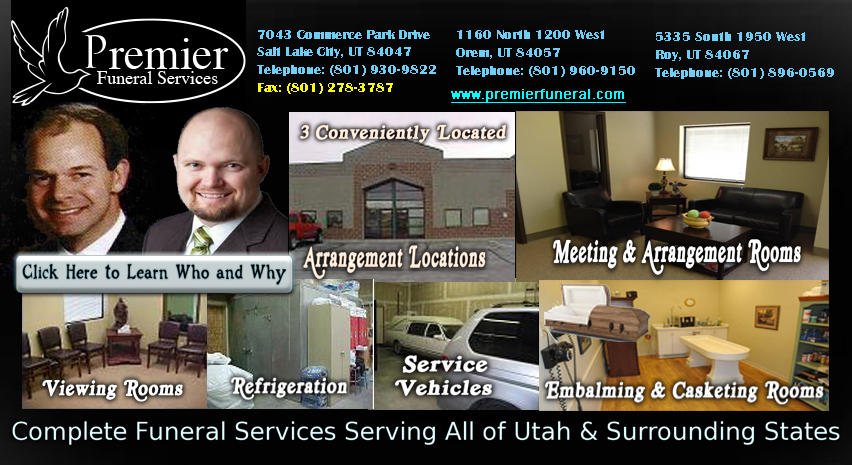
I can freeze the cost of a concrete vault (outer burial container) with Premier Funeral Services for $895. They guarantee it will be delivered to the cemetery at the time of need. They will give you the best price at the time of need. If that price is below $895, you will be refunded the difference. You will never be required to pay more once you have frozen the cost at $895. If you purchase the vault with a single payment, there is a discount based on your age and health. See my Other Web Page.
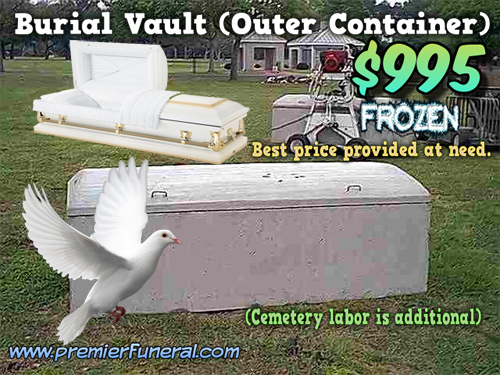
How to Purchase Burial Vaults
Every burial vault, grave liner or box, has two associated costs: (1) the physical vault itself, and (2) the cost of the “setting” or putting it in the ground. The two can be purchased together and then guaranteed at one price, regardless of future price increases. The vault “setting” fee is a separate and different charge than the “opening and closing of the grave” (which includes digging with a backhoe). Setting merely means lifting the vault with a machine, lowering it into the ground, and placing the lid on it after the casket has been lowered into it. Some cemeteries, such as those owned by conglomerates, will allow you to pay for the vault, the vault setting, and the opening and closing of the grave all as one package in advance.

In your funeral plan, you can often freeze the costs of the setting and the physical vault, and, in more rare cases, the opening and closing of the grave. If it is possible to freeze all three costs, it is usually because the cemetery or memorial park is owned by the insurance company funding the guaranteed pre-paid funeral, or the insurance company and the cemetery are owned by the same company, which often the case with conglomerates companies.
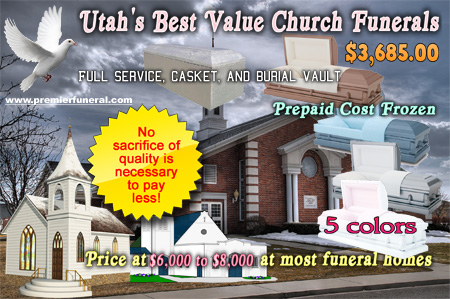
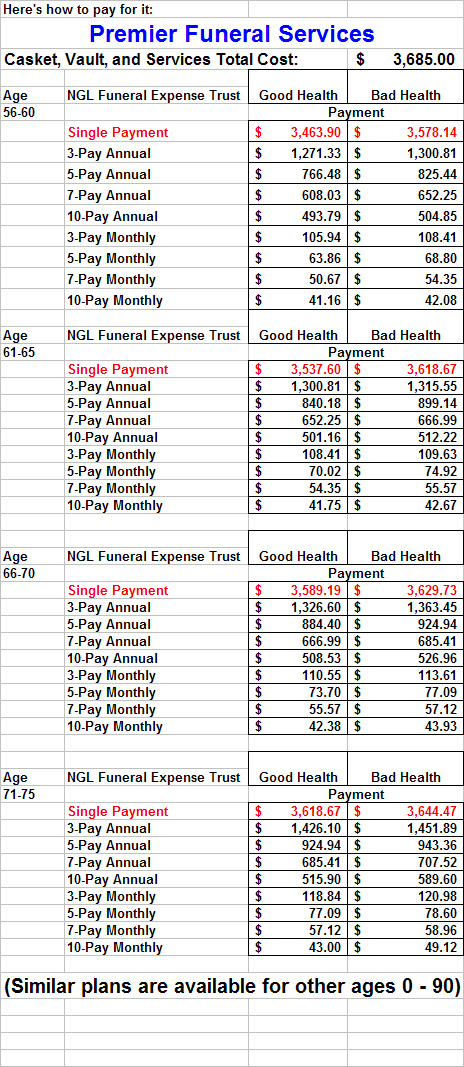
The physical vault is a cost nearly all funeral homes can freeze the cost of, as with caskets. The “box” itself is no different than the casket in that it can be stored and inventoried like furniture. Typically at today’s cost a physical vault or grave liner will run $700-$1,000. The setting fee can easily be $500-800, sometimes more. Memorial Utah (formerly Memorial Estates) penalizes customers who use other funeral homes for their vault purchases. They charge an exhorbitant fee if you use a vault purchased elswhere ($950, see table below). Opening and closing of the grave (digging and putting the dirt back and compacting it once the vault and casket are in place) could be between $500-$1,200 at any given cemetery. And these “labor” charges most often are dependent on whether the work is done on a weekday, Saturday, Sunday, or holiday. For this and other reasons, many facilities won’t allow you to pre-pay the labor charges at all. But you can nearly always get the physical vault taken care at a pre-determined price.
At the time of this writing, SCI's Valley View Memorial Park and Wasatch Lawn are allowing you to freeze and prepay cemetery labor. On contracts that extend beyond two years, they charge interest. To so how much this would cost after calling them, use the Cemetery Contract Calculator page.
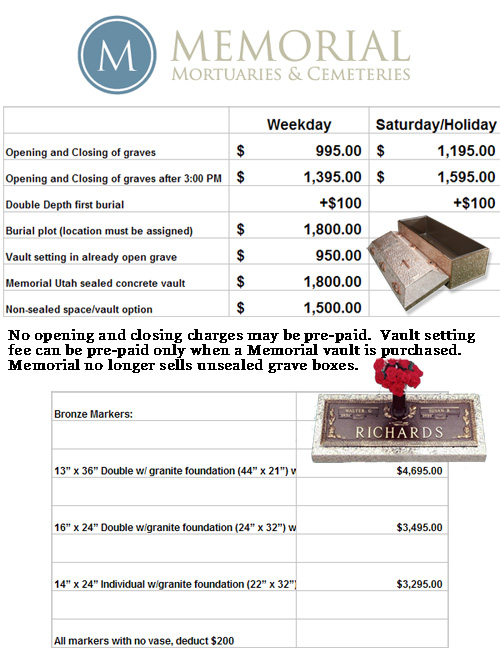
Some cemeteries or memorial parks often will charge a much lower price for their physical vault than funeral homes can charge, and then charge an exorbitant amount for the setting of the vault. This means that if you buy a vault from a funeral home or funeral provider, and then add the vault setting fee, you will pay more than if you buy the vault and the setting from the cemetery. They do this to prevent burial space owners from buying vaults from anyone but them.
It’s a toss up whether you should include a vault in your funeral plan or not.
Check with the cemetery to see if they have plans for purchasing vaults in advance and the costs. Sometimes they will have plans that include all labor pre-paid, regardless of the day when it is done, plus the physical vault. But the finance charge and/or price are often steep for this type of arrangement.
Since a funeral home or funeral service provider can nearly always sell you a physical vault without the labor included, it may not be a bad idea to include that in your funeral plan. But if you can work out a deal with the cemetery in advance for the vault plus all the labor, or the vault and the setting fee only, at the right price and with finance charges you can live with, that may be a better idea. Most memorial parks that have pre-need plans will sell the vaults or grave liner (“boxes”) with the setting included. It is more rare to see the vault sold by itself without the setting if the cemetery is funding the plan. Using 2012 prices, a vault with setting plus the opening and closing of the grave will be around $2,000. Use that average figure for calculations.
